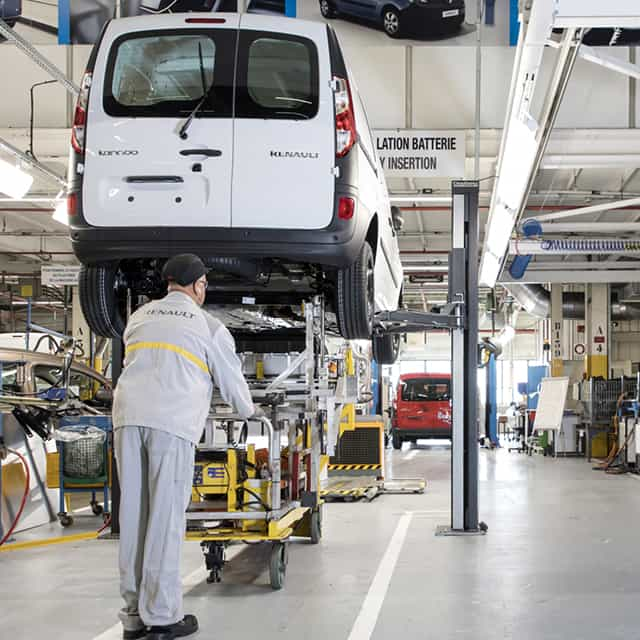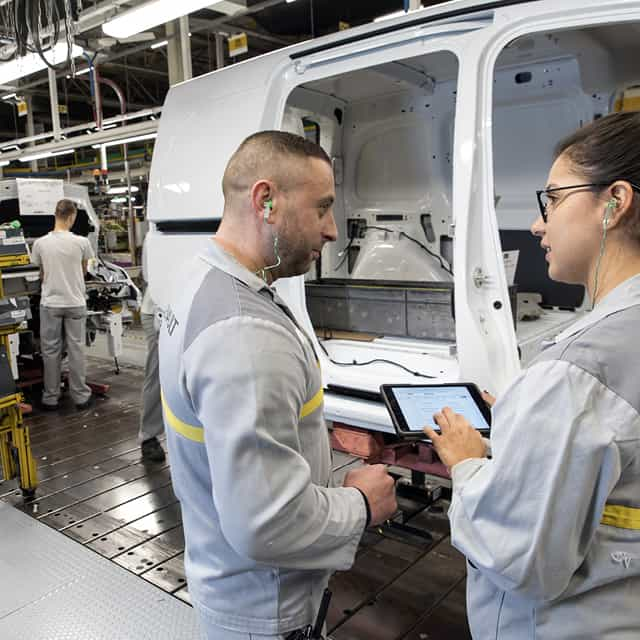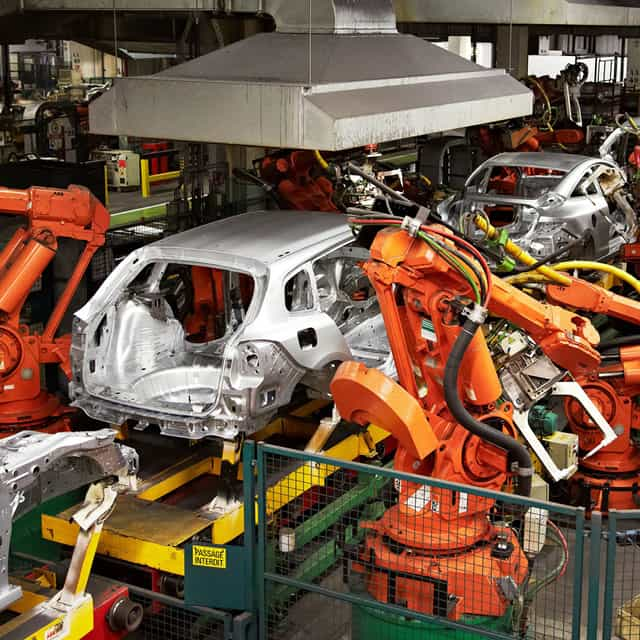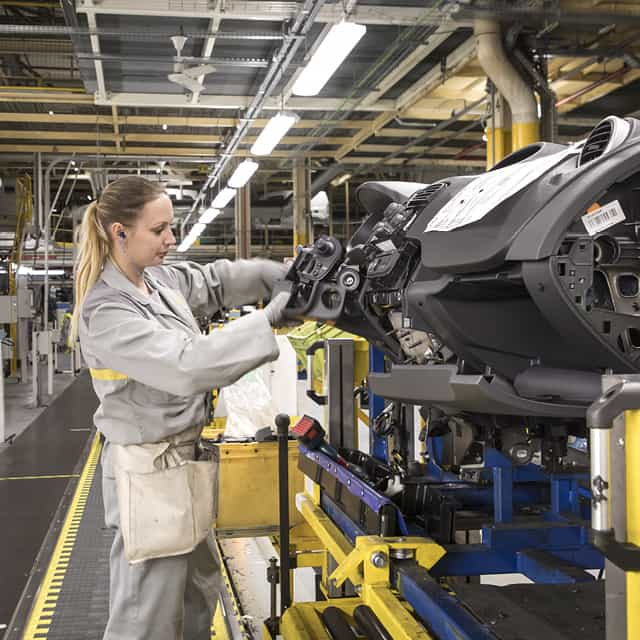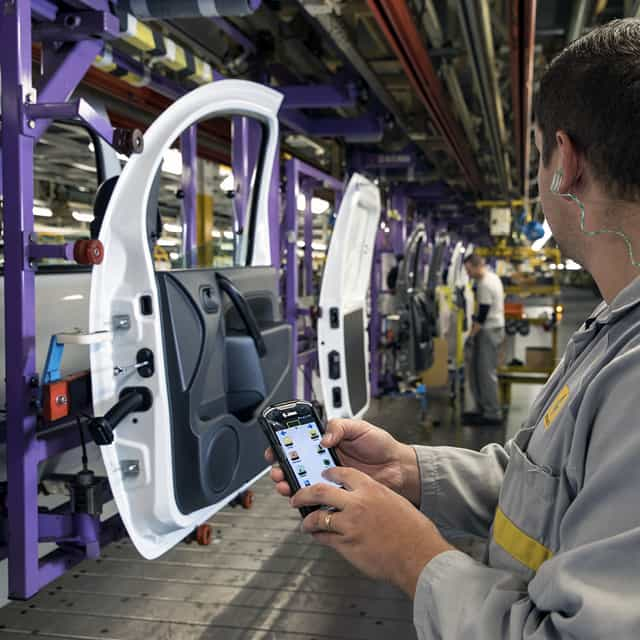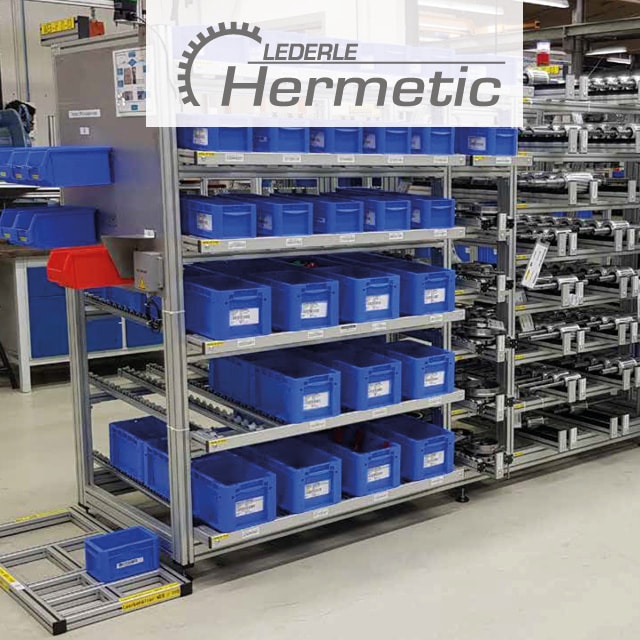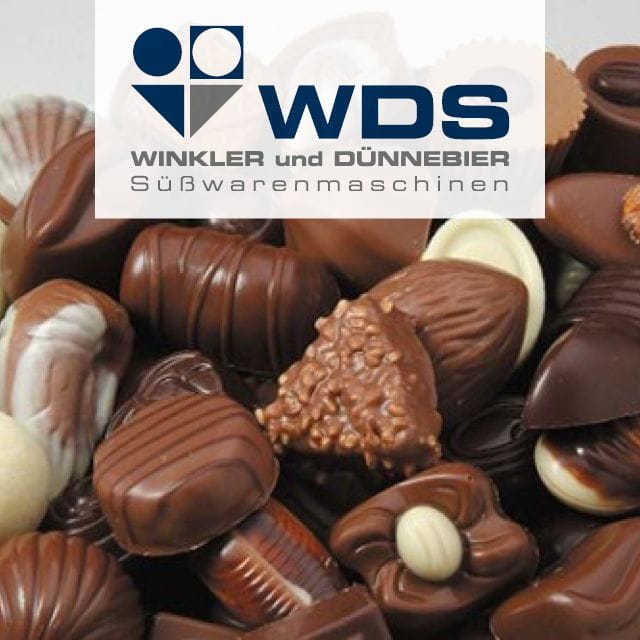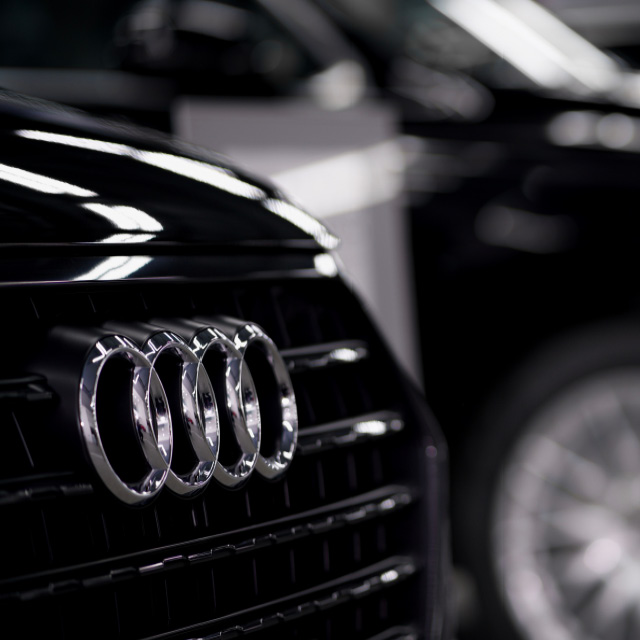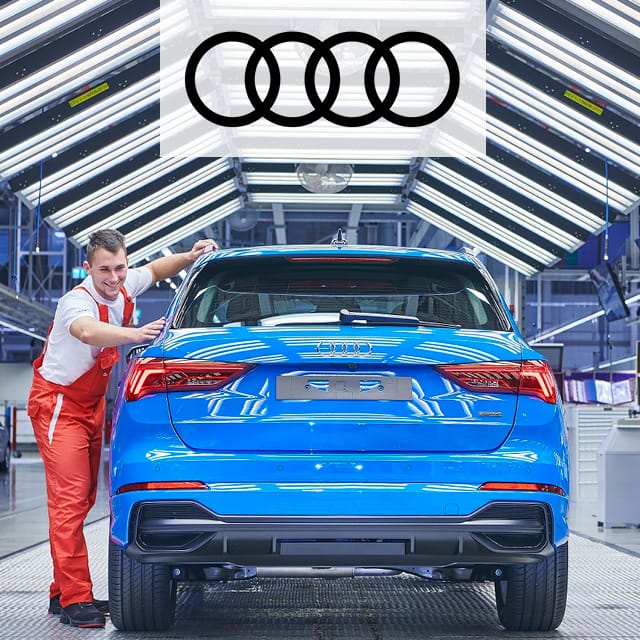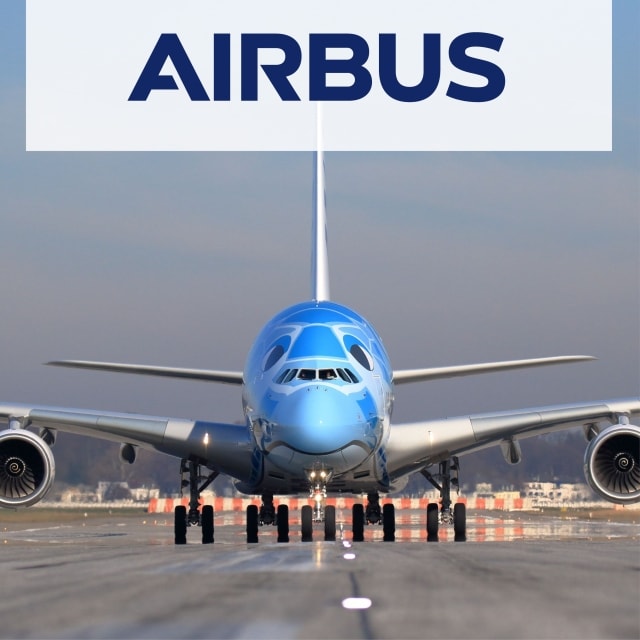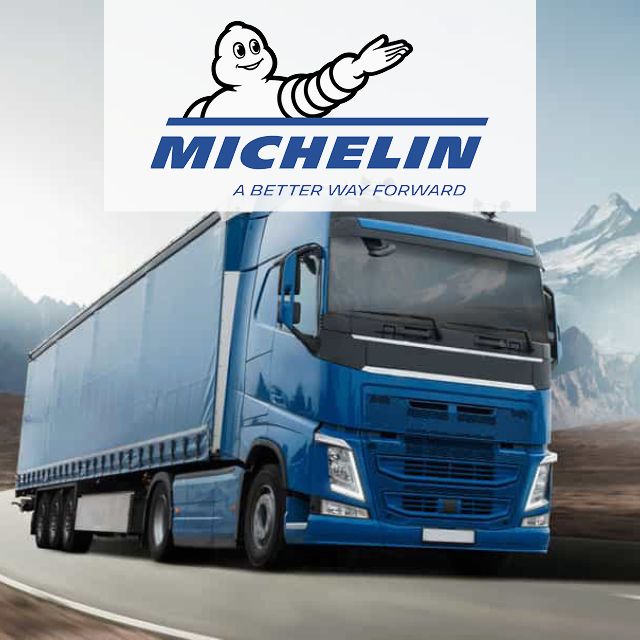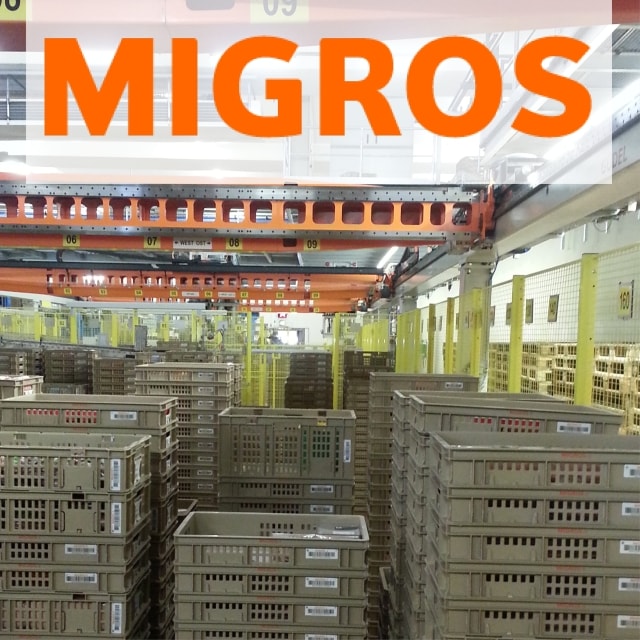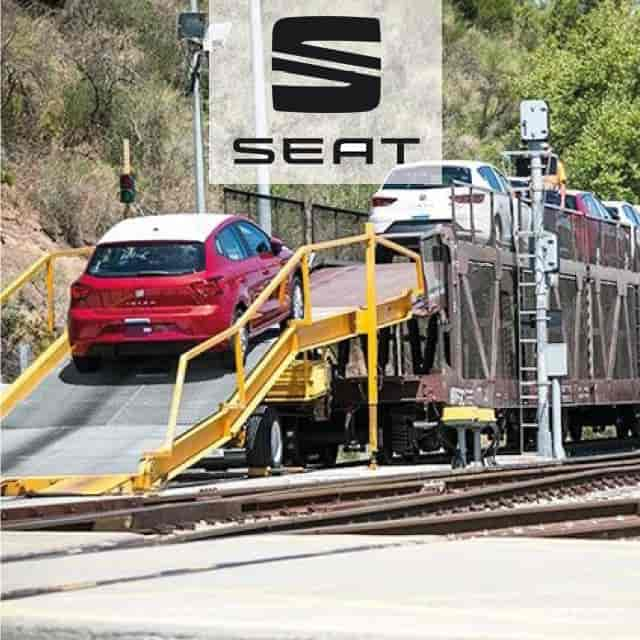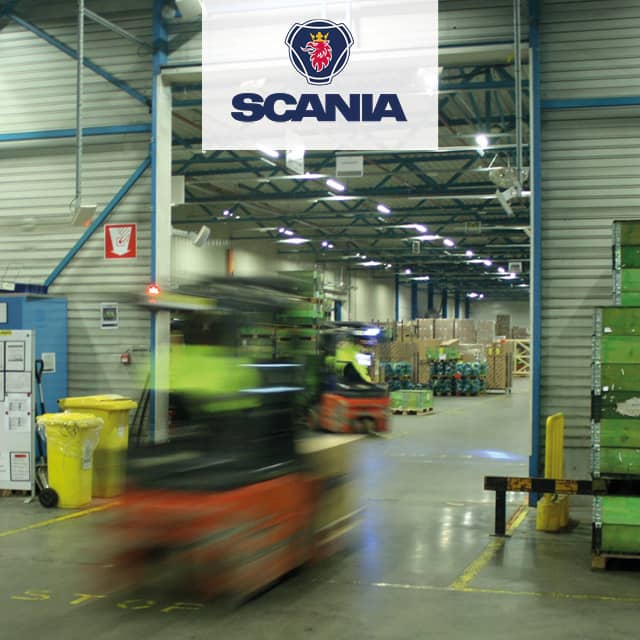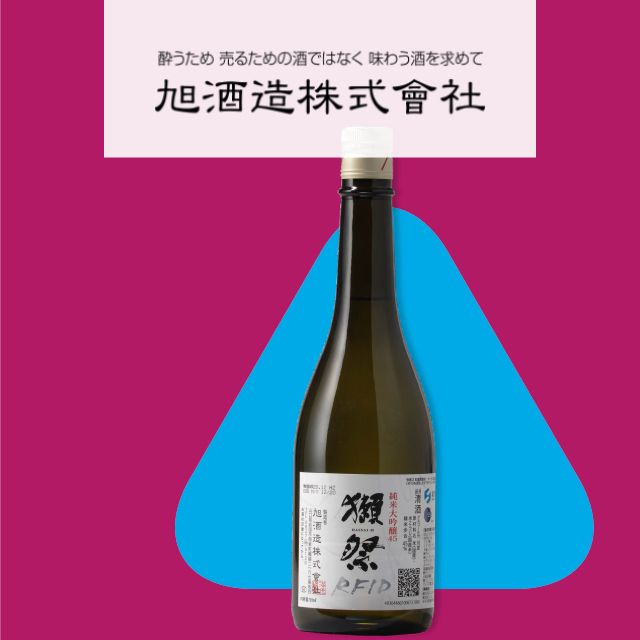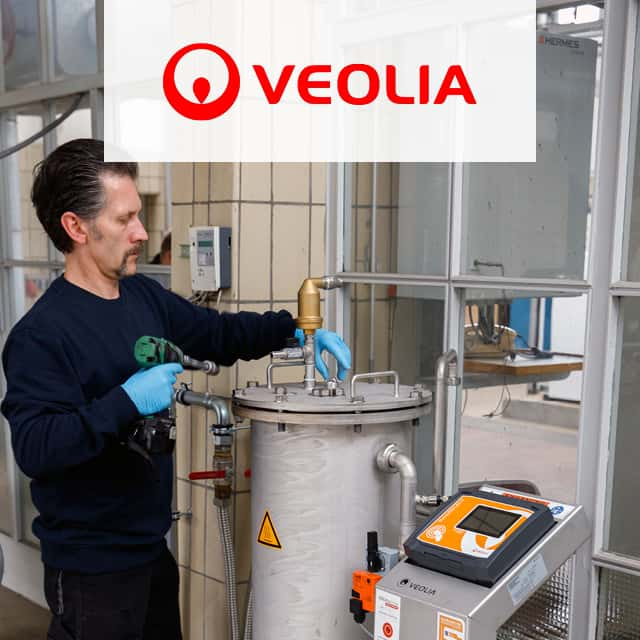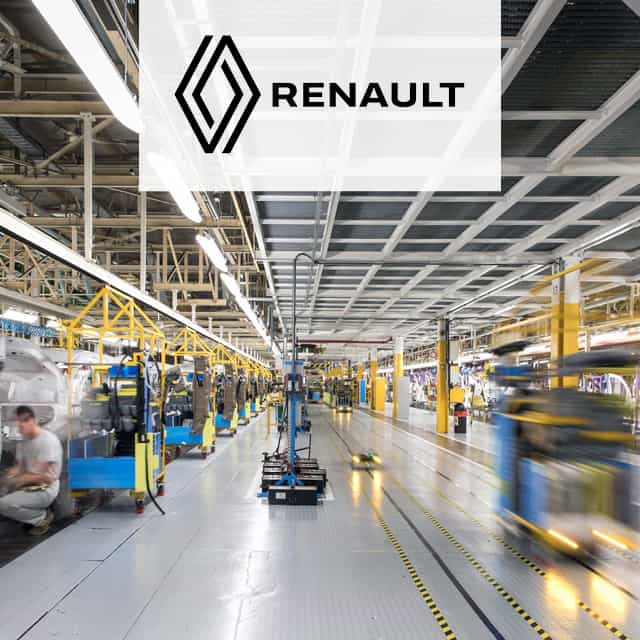
Interoperable Systems Drive Digitalization in the Smart Factory
Groupe Renault is one of the world's largest automobile manufacturers, with over 1.4 million vehicles produced in the first quarter of 2021. Vehicles of the four brands Renault, Dacia, Renault Samsung and Alpine are manufactured at 38 production sites in Asia, North and South America, Africa and Europe. 180,000 employees work for Group Renault.
Renault's stated goal is to drive digitalization and develop its automotive factories into smart factories. In concrete terms, the objective includes: the networking of the workforce, data-driven processes in real time, Process 4.0, flexible supply chains and plants, and the complete traceability of components. M2M communication, cloud applications, big data, and machine learning are as much a part of the vision as AI and digital twins.
(Image Source: Groupe Renault)
Process Requirements
Highly specialized production systems are used in the automotive industry. Renault uses different assembly systems, maintenance systems, test systems, automatic welding machines and industrial robots, each of which have specific operating systems. Some systems have been in use as legacy systems since the 1980s. The requirement for the digitization solution is therefore to generate interoperability of the systems and a standardized data structure as well as uniform communication protocols.
Objectives of Groupe Renault
- Interoperable interfaces and a uniform data communication standard
- To adapt legacy systems and machines to the modern communication standard
- To monitor manufacturing processes in real time
- To avoid production downtime and facilitate maintenance work
The Groupe Renault Solution
Groupe Renault uses the data structure descriptions (OPC UA Companion Specifications) developed by the OPC Foundation together with its partners, as well as its own data models. Own expansions for the machine level (Unified Data Collector) and the aggregator level (DFA, Data for Aggregator) come from Groupe Renault. For instance, the expansions relate to device identification and the location of devices. The 'Industrial Data Management 4.0' (IDM 4.0) platform, which has been running since 2019, enables data to be collected from a wide variety of sources. The data is contextualized, structured and aggregated, and made available as Big Data for control and analysis purposes.
Legacy components and systems are equipped with adapters. Thus, the controllers, data formats and protocols of different manufacturers acquire OPC UA capability. The connection of the new devices to the existing OPC UA infrastructure is possible without any hurdles. Renault is also asking suppliers to provide equipment and components with OPC UA interfaces.
To ensure a uniform data structure, gateways or adaptors for the machine data are used for the existing machines. The OPC UA sensor data (Publication Topics) and sensor configuration (Command Topics) are distributed via MQTT. This enables both the transmission of monitored sensor data to the cloud and the control of machines with sensor data from the cloud. Groupe Renault uses the Google Cloud Platform to collect the data.
In concrete terms, Renault has achieved benefits in the area of intelligent, networked tools. Bolt controls, battery charging stations, and welding robots are OPC UA-enabled with adapters and transmit production data that is used to optimize vehicle manufacturing. In six out of ten workshops where devices with OPC UA interfaces are used, the car manufacturer can achieve significant savings. Failure rates in welding processes in particular have fallen by 20 percent.
Technology Partner
Hardware & Software
- Groupe Renault IOTBox
- OPC Foundation - OPC UA
- Google – Google Cloud Platform
Advantages
- Interoperability is achieved through a uniform data communication standard
- Downtime in automotive manufacturing is reduced
- Manufacturing processes are monitored in real time
- Existing systems are upgraded for interoperability with adapters
Learn More
Questions? Get in contact with the editorial team!
Technologies
Application Fields


